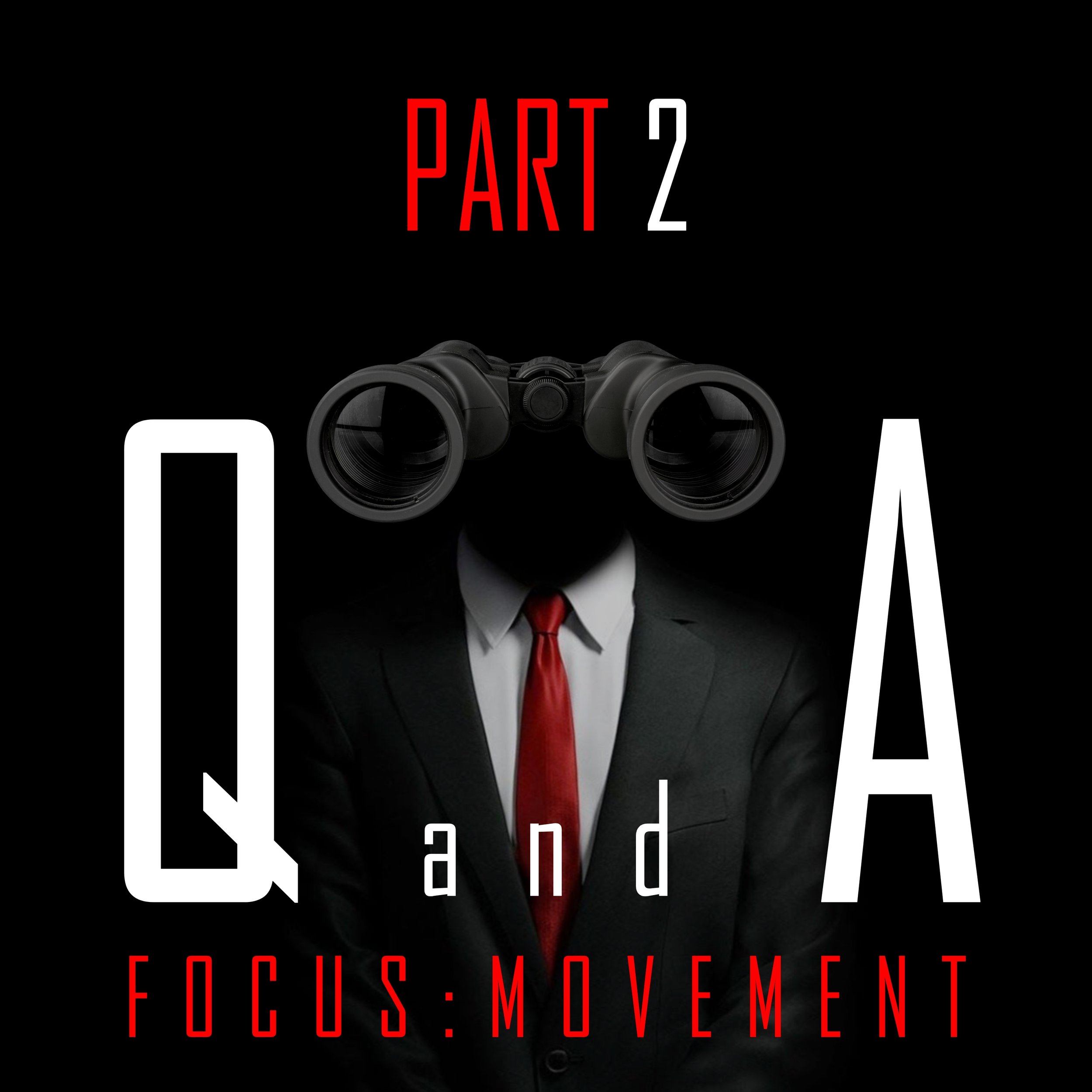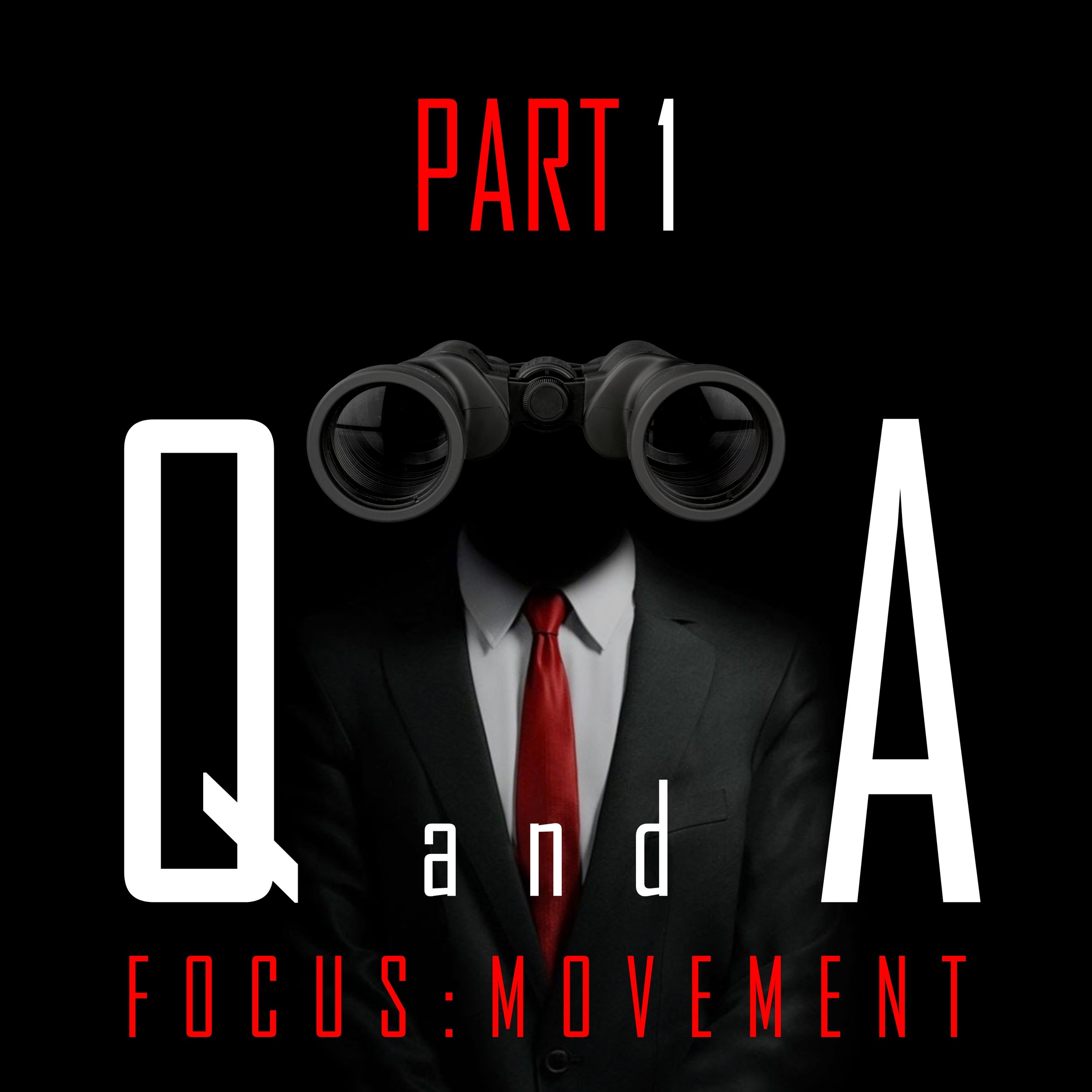Reader Question: The Stopwatch, and Why It Should Be Your Best Friend.

I'm sitting in Lander, Wyoming and doctoring a sick daughter while nursing a sore finger (damned monos!). While I think my finger will be ready to climb again tomorrow, today it's mostly useful for blogging, so I figured I might take the time to answer a reader question.
My last post about my core workout prompted a great question from one of our readers, Brett.
Brett said...
Thanks for posting this, I've been curious about your core workout. What is the rationale behind the amount of rest between sets?
What a great question! Thanks Brett. That's something I definitely have never explained to anyone I've trained, and it's a hugely important part of your training... just as important as which exercises you choose.
How long you rest between sets depends largely on your goals and exactly which energy system you are training. Put very simply, and just as a basic rule, rest times are as follows:
3-5 minutes: When training power on very short boulder problems, or when doing maximum weight hangs on a fingerboard, you need to rest long enough that your next attempt will be able to utilize all of your power. It takes approximately 3-5 minutes for your system to recover all of your power, and while it may seem like a long rest, it will allow you to get the most out of every attempt.
30 seconds to 2 minutes: When training for activities that require a supply of energy over a longer period of time, such as power-endurance routes, then it's to your advantage not to allow full recovery between sets. At very few points during a route will you have the time to rest fully, so your training should mimic that.

For my core workout, I was aiming to mimic the effects of steep route climbing on my core. For the lever portion (super-setted with pushups), I chose to rest 2 minutes between sets. It's at the upper end of the rest time for the desired effect, but the exercise was intense enough for a long enough time that it made sense to rest a tad longer. I actually did experiment with a shorter rest time, but anything under 2 minutes greatly reduced the amount of time spent on the exercise. This portion I associated with the longer, in-between-cruxes climbing where you still have to keep tension, but nothing is too intense.
The second portion, swivels, required less rest, because I associate them with the tight core movements associated with the successive boulder problems I'd encounter on route. 1 minute gave me just enough time to wish I had more rest, but to keep my anaerobic system engaged.
Now, I have one major pet peeve about resting that I encounter fairly often in the gym. Brett, I'm glad you reminded me of this, because I'm sure more than one of us out there make exactly this mistake (I've been guilty a time or two myself). Not keeping track of your resting time is slowing down your training. Period. If you rested 1 minute last week, and only did 6 reps, and then you rested 2.5 minutes this week, and cranked out 14, did you really get stronger? Probably not, as I'm sure it isn't the first time you rested only by feel. Worse still are the climbers who rest longer on purpose, just so that they can finally complete that 4x4. This isn't a performance day, OK? You aren't here to succeed... you're here to fail and get stronger.
I'm the biggest proponent of feeling my way based on instinct, but in this case, there is no other way to get a true reading of progress. For the most part, time should not be a variable in your training. Set your resting times at a level that corresponds with the system you are training, and leave it there, or adjust it within that range. Get a stopwatch and learn to love it.
























How should we separate training and performance when they both occur in the same environment?